***This article originally appeared in the December ’22 issue of Animation Magazine (No. 325)***
With a reported production budget of $465 million, Amazon Studios’ blockbusters series The Lord of the Rings: The Rings of Power is one of the priciest small screen productions of all time. Although J.R.R. Tolkien never wrote a book about the glory days of humans, elves and dwarfs, and the forging of the supernatural artefacts that would lead to their downfall, show creators Patrick McKay and J.D. Payne and their team of writers used various appendixes authored by Tolkien, who was haunted by his experiences as a World War I soldier and creatively inspired by the cultural significance of linguistics.

“Growing up, Tolkien was always a part of my household — and that included artwork hanging on the walls and my dad introducing us to The Silmarillion,” recalls the show’s VFX supervisor, Jason Smith (Bumblebee).
“I watched all of the animated stuff as a kid. When Peter Jackson’s films came out I really loved them, and I believe it’s one of the best film trilogies ever made. For us, we’re in the Second Age, so we have a brand-new part to explore and all of those other things that came before became part of the DNA of the world. The visual style of our show is definitely unique, while it also feels familiar. It feels like we’re back in Middle-earth.”
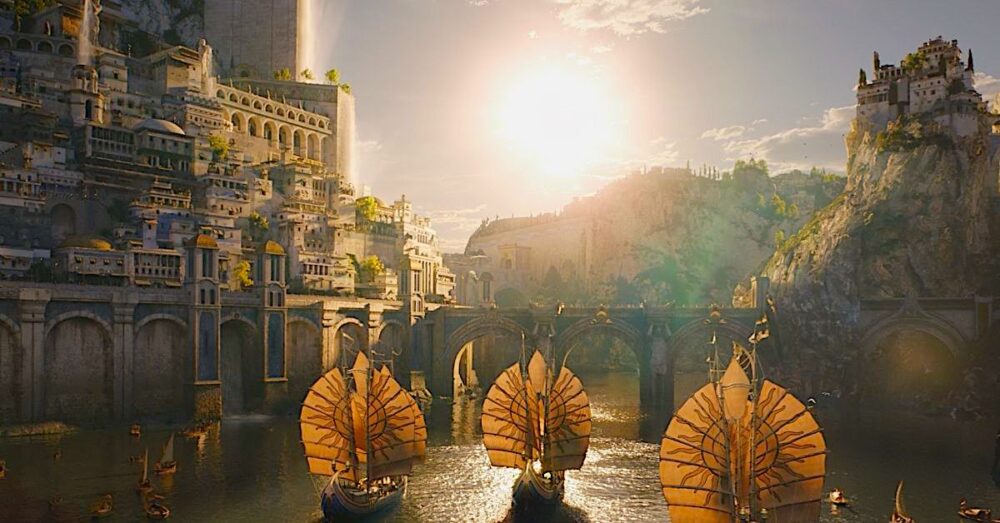
The Lives of Elves
Crafting lived-in environments where the series’ characters buy food, work and socialize was a priority for production designer Ramsey Avery (Hotel Artemis). “Elves don’t just sit around drinking wine and singing songs,” he says. “They have a life. How do we in our version of Lindon show that there is not necessarily industry but they are doing things? What type of house do they want? There aren’t that many elves in the world, so why do they need cities filled with towers?”
The goal was to build as much practically as possible while keeping in within the production constraints. “When you look above the ridgeline in those wide shots, that is where you take advantage of the fact that you’re in New Zealand,” says Avery. “We have never been to the ocean in Middle-earth until now, but Númenor is all about the ocean. Where can you go to get dramatic locations that allow you to bring that new element into Middle-earth, but [work within] our limitations in terms of the cost it takes to drive the company there?”
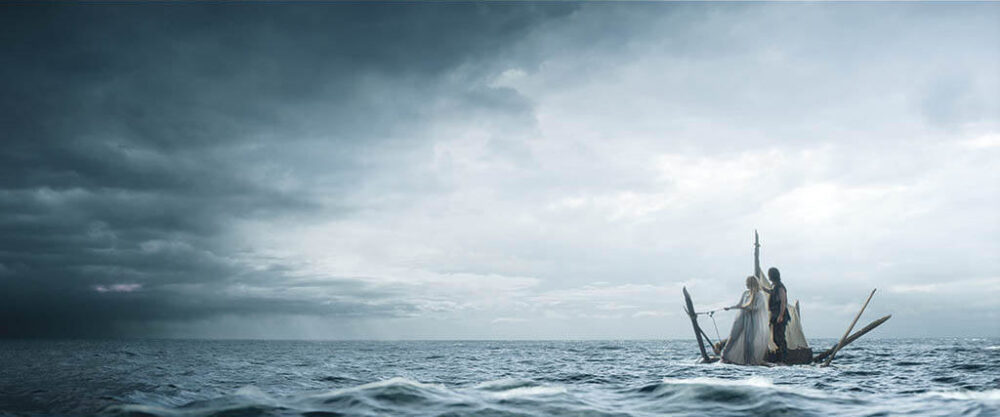
Despite minimal use of greenscreen, extensive digital augmentation was required with 9,500 visual effects shots being created by over 20 vendors for the show’s eight-episode first season. “An example I like to say for the land of Númenor is, Ramsey built a small piece of Fisherman’s Wharf and we built all of San Francisco,” notes VFX producer Ron Ames (Shutter Island).
He adds, “Jason and I asked from the beginning to use cloud-based computing to share and communicate with our vendors. We built special systems for tracking using ShotGrid and Moxion to share and review media. Universal Screen Description (USD) and standard shader models were adopted by ILM, Wētā FX, DNEG, Method Studios, Rodeo FX, Rising Sun Pictures and Outpost VFX, which enabled a more seamless sharing of assets. Everybody was wholehearted about it. We split the biggest work between ILM and Wētā FX. We wanted to share assets but not sequences. It would have been too hard and inefficient to do.”
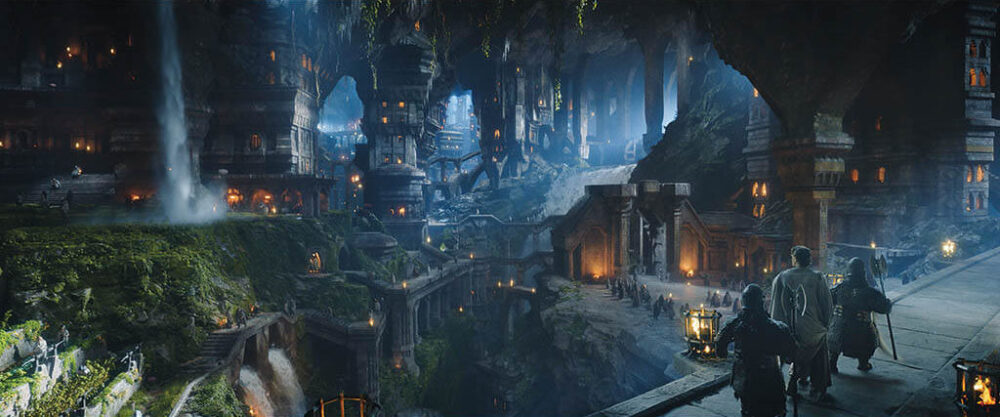
Conveying the proper height and scale differences between the various characters — from the pint-sized Harfoots to the towering Orcs — was such an undertaking that a scale team was assembled that had its own QTAKE operator.
“When we were doing scale shots on the day and we were doing two passes and needed to composite them together, we weren’t interrupting the main unit QTAKE operator to do a comp for us,” notes Smith. “It was fun for me to watch all of these people slot in and form this amazing Rube Goldberg machine. However, that implies that it was messy, but it wasn’t messy. It was interlocked and complex in a beautiful way; that’s how we made it through.”
Among the many creatures created for the production was a Snow-troll. “We started to think about who this troll was,” says Smith. “Why is that troll there? What does he do? How healthy or not is he? How old is he? How long has he been there? There were all these different questions that maybe the audience will never have to know but became specific touchstones. John Howe became a key contributor to that creature; his sketch became the basis of the face and head.”
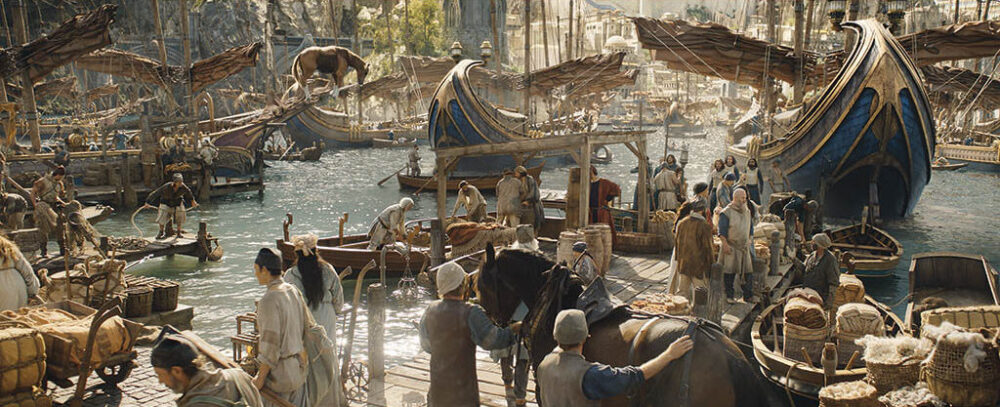
Another big VFX project was the construction of a canal, led by Dean Clarke (Adrift). “Ramsey said that he needed a canal so they literally built a tank,” Clarke notes. “We filled it with water, and had quite an elaborate number of pumps and waves going on for the whole job. The canal was 200,000 to 300,000 litres so it wasn’t massive.”
Nothing was too big or too small, according to Clarke. “We made a small six-inch origami boat floating up the river up to a 46-ton, 105-foot-long loader ship, and we manipulated that in front of the greenscreen offering water spray right up to four-foot waves going through the ocean tank for the storm sequence in the Sundering Seas,” he recalls. “Our role in what we could offer was unlimited.”
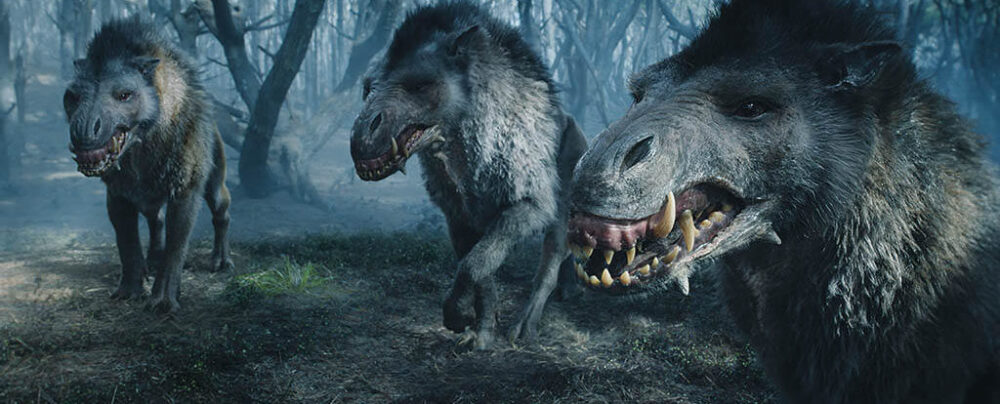
Creature interaction was achieved practically. “Air rigs were placed in the ground for footprints,” says Smith. “For the Predator, we actually had magnet pieces of trees so you can bend them in a shot and put them back in place again as the Predator was putting its head through the trees and running along the ground.”
Avery points out that magic in the world of Tolkien is particularly tricky — subtle and not very flashy. “Even when you read Tolkien’s comments about magic, he is dubious about what magic means in Middle-earth. It’s present and it’s there. The world was sung into being in Tolkien’s legendarium, and that’s pure magic. The idea that words have power is a critical component of magic in Middle-earth. We had lots of discussions on that basis and we developed concept art. Then Jason Smith and the visual effects team did some concept development with that as well to try to find what it looks like in motion.”
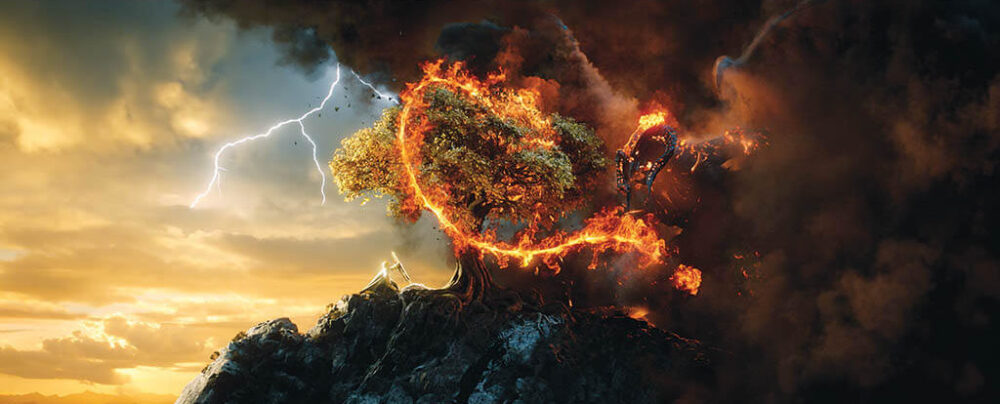
The Real Thing
To that end, everything was driven by a physical reality. “We had to find a physical manifestation of that and it was something that we carried through with every single thing,” states Ames. “Nothing against Marvel Studios and other kinds of magic like that but that’s not Tolkien nor this kind of fantasy. It’s not magical but mysterious.”
Being able to quickly clarify the various realms and characters was important to ensure that viewers never got lost as to where the action was taking place. “We had color palette and scale differences that we used to distinguish these places,” states Smith. “The fact that we’re in the Second Age allows for some of these places to be much different from what you’ve seen before — even the level of wear and tear. We’re going to see some places in Middle-earth where the construction is relatively new and that’s fun. Everything still has a sense of history but we actually used how much of that layering of history to be one of the things that differentiate the realms. I’m excited for everybody to see what’s been created because we talked a lot about the art, technical and visual effects; however, what’s going to separate this show from everything else is the story.”
The first season of The Rings of Power is currently streaming on Prime Video.



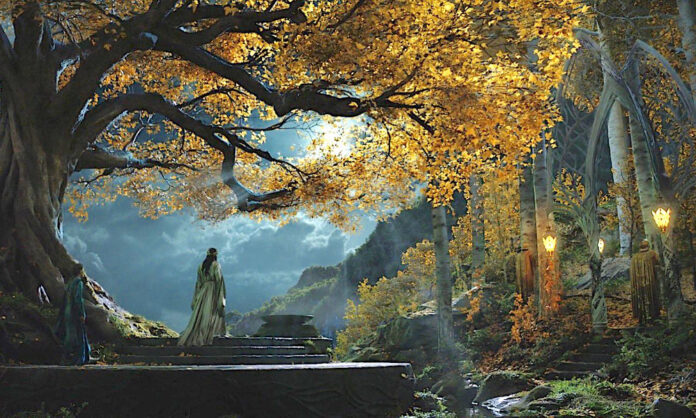
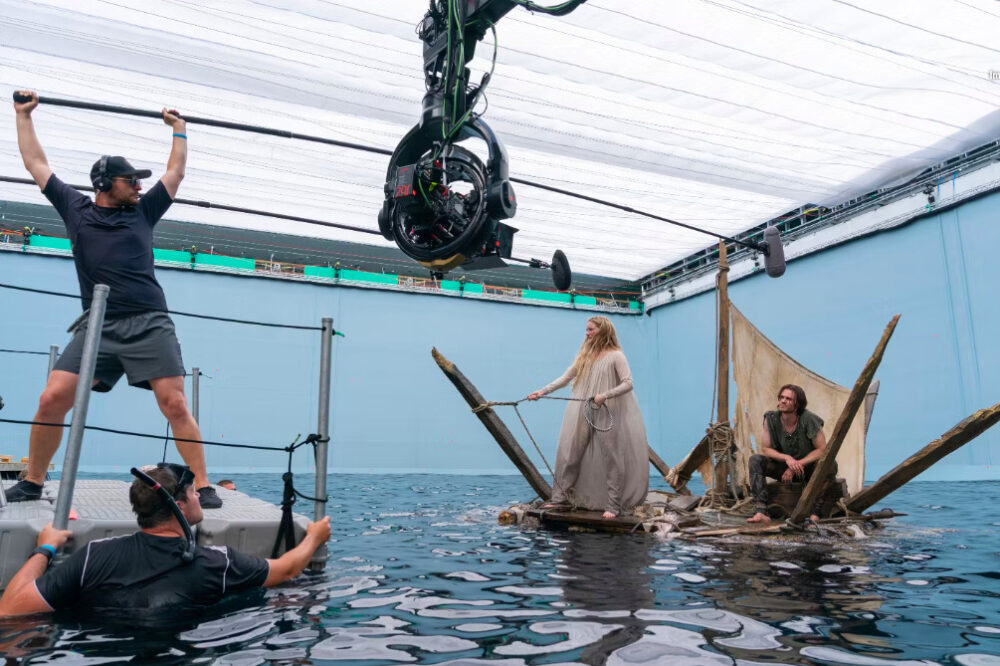

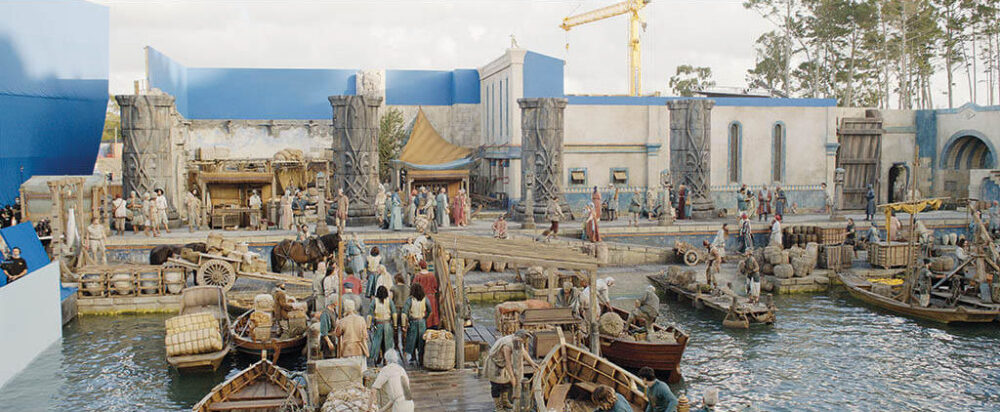
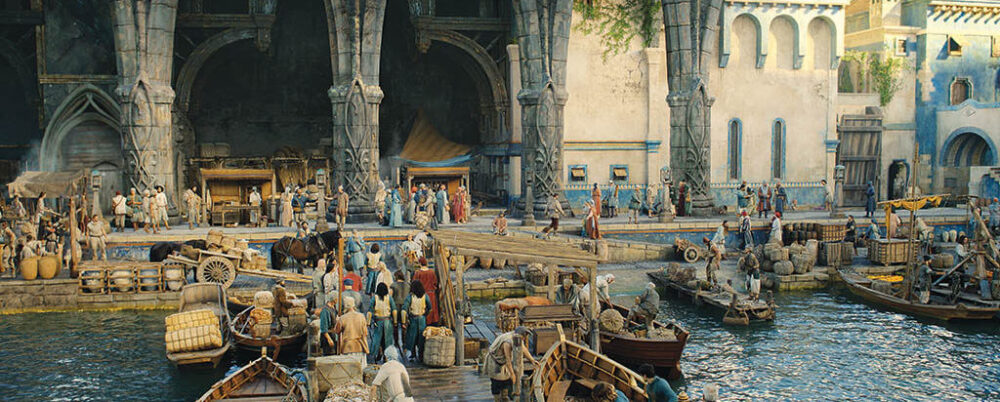

 Win a Funko X Lilo & Stitch Prize Pack!
Win a Funko X Lilo & Stitch Prize Pack!

